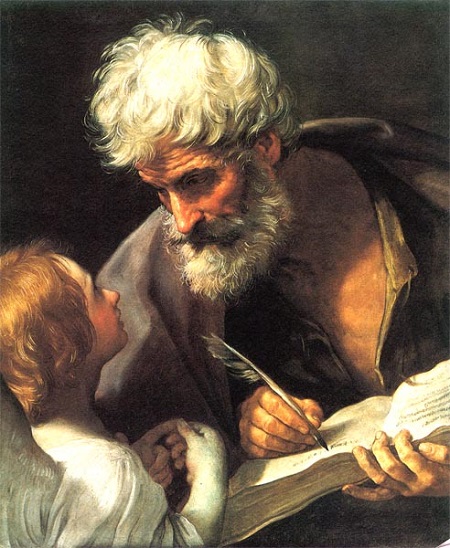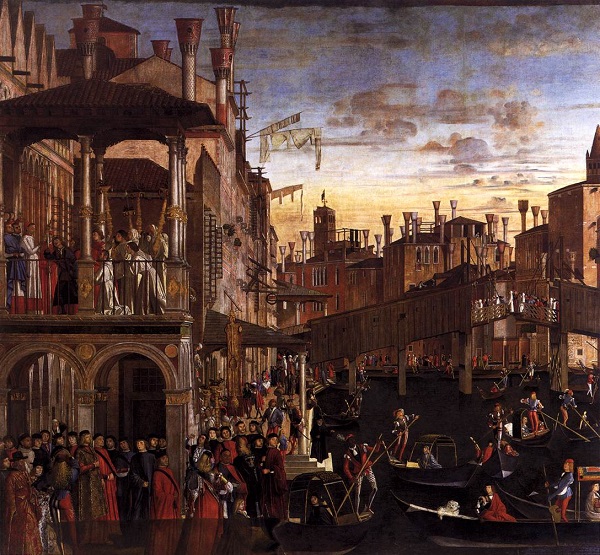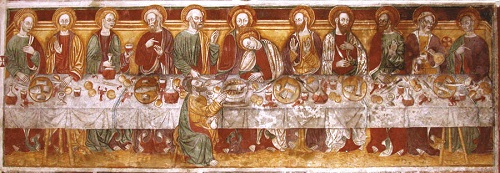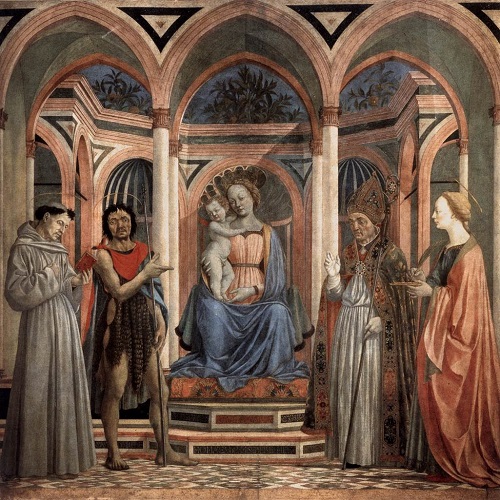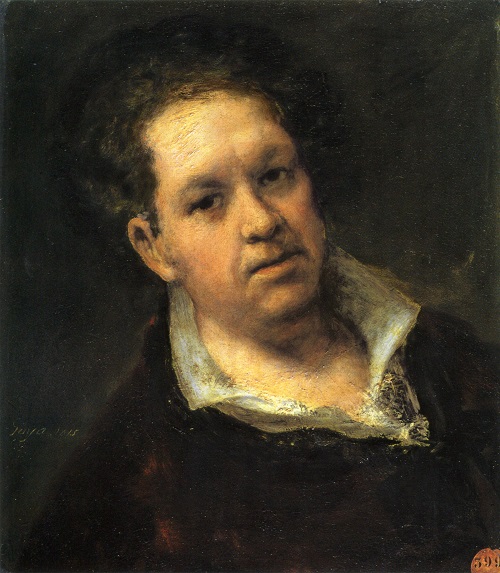Andrea Mantegna was one of the foremost north Italian painters of the early Renaissance (1431-1506) and was the son-in-law of Jacopo Bellini. While there are several notable pieces of art, which could be discussed, what I want to highlight here are two of his engravings – Bacchanal with Silenus and Bacchanal with a Wine Vat. Mantegna worked mainly in Mantua and Padua and had a particular passion for antique and ancient motifs.
These two prints (of uncertain date but somewhere between 1460-1490), which are believed to have been pendants, are two of the earliest prints to be made in Italy.
The Bacchanal with Silenus is set on the edge of a vineyard beside a reedy pool of water. There are six mostly naked men and one woman who appear to be cavorting in some abandon in honour of Silenus who was the drunken tutor of Bacchus. In the centre of the frieze-like procession, the portly god is held aloft by a satyr and two fauns. He is clearly inebriated – wine is spilling from the cup in one hand and is clumsily trying to put a wreath of grapevines on his head with the other hand. Behind him, another drunken man is carried on the shoulders of another man, while an obese woman requires to be carried on the back of another as she exits the pool. There is musical accompaniment to this rather obscene gathering with a pair of musicians serenading with a syrinx and a flute.
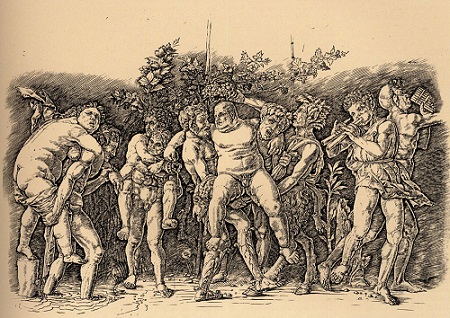
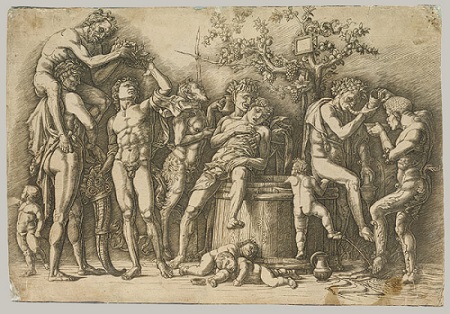
In his Bacchanal with a Wine Vat, the mood is different but the image is equally profound. Here, the drunken heroic figures gather around the wine vat populating the space with a funereal majesty—it conjures the deeper emotive content in the ancient associations between Bacchic rites and Christian mysteries. The unconscious youth at the centre is held up by a gaunt mourning figure much like the dead Christ in the Pietà. This classical scene was probably inspired by a Roman frieze, as might appear on a sarcophagus. In a setting of pagan revelry, the deity Bacchus is crowned with a vine wreath while a satyr dances in a puddle of wine and two inebriated putti lie sprawled in the foreground. It is probable that this engraving once belonged to Pope Benedict XIV.
Whatever the interpretation to be given to both these images, I find them fascinating as part of the collection of Renaissance images which have at the centre the consumption of wine.

